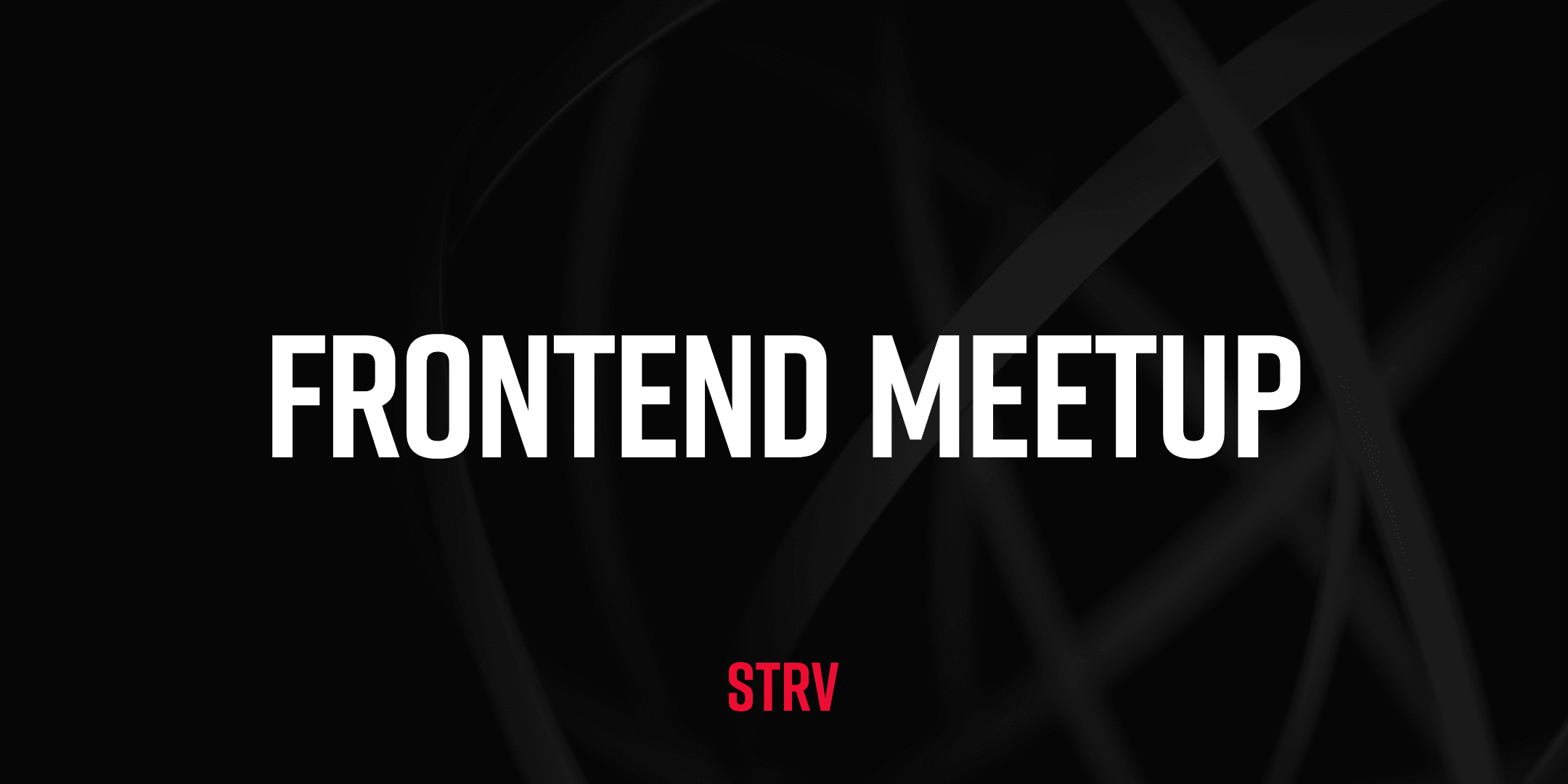Your way to the mic at the next conference:
Most conferences have an open application process called “call for speakers” or “call for proposals.”
The main thing is to actively look for these open applications and to not be afraid to apply. Increase your chances of getting noticed by checking out sites like PaperCall.io, Reactjs.org or Confs.tech, where many open calls for proposals are listed.
Browse through Eventbrite, Meetup and the Facebook communities that you know and get in touch with organizers. See how you can contribute and send out a few topic proposals.
Keep these in mind when forming your topic:
- The audience’s skill level versus the skill level of your talk.
- The technology focus of the conference versus the technology focus of your talk.
- The uniqueness of your content versus content that’s already available on YouTube.
- “Wow, I want to see that talk!” – that’s the reaction you’re aiming for from every evaluator or attendee. Everyone looks forward to sitting in on something interesting.
- Stir up some excitement and emotions about what they’re about to learn from you. Why do they need to know this? How is it going to help them? Focus on the outcome. What will attendees know by the end of the session?
Here is an example of a good conference proposal:
“Programmers are artists, and JavaScript is the new Punk Rock. My talk will show that JavaScript can be used to write and perform music using the wonderful Web Audio API. I’ll talk about why we should do this and why it’s the future of music. By the time the conference is over you’ll have burned your guitar, remixed a dozen tunes on GitHub, and started a JavaScript band that has its sights set on changing the world.”
Keep the proposal brief. The recommended length is 120 words divided into 2-3 paragraphs.
Attach a few lines about yourself – what makes you unique? How much experience do you have with the topic? Got any proven results you can share? If you had a talk before, don’t forget to mention it. Polish up your LinkedIn profile and keep it updated – in case people and organizers are curious about knowing more about you.
Why not write a few lines to the organizers? Make it personal. Convey that you care about your talk, the conference, and the community. Have you been there before? Did you like it? This can only help you.
Obvious but still crucial – be sure to read the instructions carefully. Some conferences want proposals without a name, gender or employer. One conference organizer revealed that up to 30% of proposals don’t respect the instructions – let’s not be one of them.
English doesn’t have to be your mother tongue. Don’t forget that you can always get a copywriter or proofreader to help check your writing. Typos, errors and general laziness are easy to spot and you want to make sure you’re putting out your best.
Send out at least 10 proposals to get one to bite back. Sometimes huge conferences have different evaluation teams for different topics, so if you’ve got more things to say, submit them all. Why not?
With STRV’s Speakers Program in place, our guys are constantly choosing new topics to share, and we’re ready to absorb these hacks, digest them, and share it right back.





